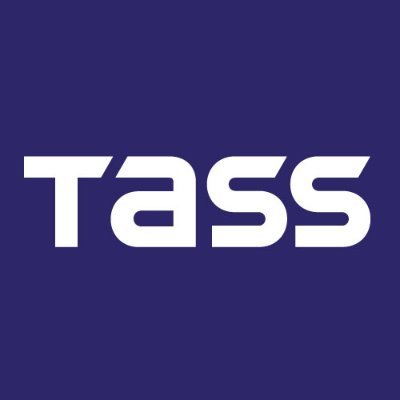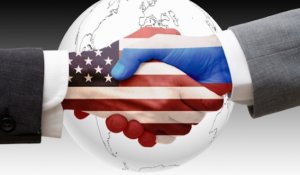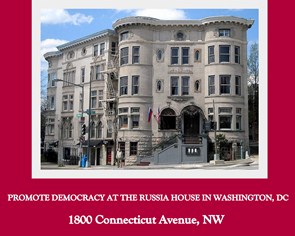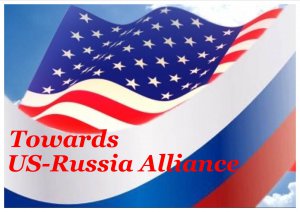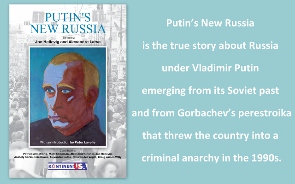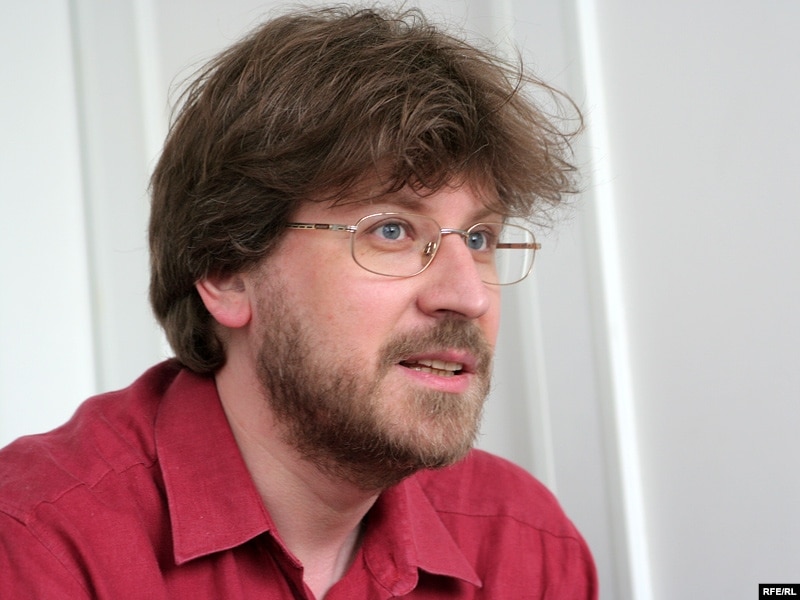
Fyodor Lukyanov
Fyodor Lukyanov is Editor-in-Chief of the Russia in Global Affairs magazine
The issues of integration in the post-Soviet space are likely to be at the top of the political agenda this season. One of those issues concerns the future of the Collective Security Treaty Organization (CSTO), which is being discussed in view of the situation in Afghanistan and its influence on Central Asia.
When Uzbekistan said in June this year that it would withdraw from the CSTO, it was interpreted by many as a crisis. But Uzbekistan’s decision will not be fatal for the CSTO. In fact it could simplify life for the member states since Uzbekistan has consistently blocked their efforts to promote military-political cooperation.
On the other hand, the CSTO has enough problems to cope with, even without Uzbekistan. In fact, the organization’s biggest problem is the lack of a common understanding of the principles of its operation and the grounds for military intervention. Despite Russia’s best efforts over the past few years, getting the ball rolling has proved impossible.
Another major issue over the coming months will be the Eurasian Union. To begin with, Vladimir Putin said that it will be his priority during his new presidential term and it was the main subject of his first policy article published in October 2011.
Second, European integration is facing major problems and hence the EU is unlikely to be willing or able to pay any great attention to its eastern neighbors. In other words, countries which had hoped to deepen their institutional relations with the EU in the long term will no longer have the opportunity of doing so. In the next few months the EU is likely to begin splitting into groups of countries with different rights and opportunities, which would lead to a review of some fundamental principles of integration.
And third, much depends on parliamentary elections in Ukraine this fall. The results are likely to lead to a further deterioration of Ukraine’s relations with Europe, because the EU has been hinting that it would not consider the elections legitimate without Yulia Tymoshenko. This means that after the elections the Ukrainian leadership will have to give some serious thought to its future associations. Russia’s proposals for closer cooperation are still on the table.
This situation is quite favorable for the Eurasian Union project. But has the project been substantiated and formulated sufficiently clearly to become the basis for post-Soviet reintegration? There are many subtle aspects.
To begin with, the name itself is misleading. Putin’s idea may be veryinspirational for the proponents of the Eurasian ideology, according to which Russia is a unique civilization that stands apart from Europe, whose mission is to unite the vast Eurasian space. But the available information about the planned Eurasian Union has nothing in common with the metaphysical ideas advocated by the pro-Eurasian Russian philosophers of the 20th century or the modern-day Eurasian ideologist Alexander Dugin. On the contrary, it is more about using European approaches and adapting them to the present-day conditions of the post-Soviet space.
The project, according to which the Customs Union is to be transformed into a Eurasian Union by 2015, is in fact not focused on Eurasia as a whole but on one particular country that is actually located in Europe – Ukraine. If Ukraine joined the Customs Union the format of the organization would be fundamentally changed. As a union of Russia, Belarus and Kazakhstan, it is only an interesting prototype. But if Ukraine, with its large market and potential for a strong and diversified economy, joins, it could become a major force to be reckoned with. It appears that the project’s initiators are not very interested in the Eurasian expanse of Central Asia. Economically the most likely candidates for Eurasian Union membership – Kyrgyzstan and Tajikistan – would contribute many problems along with potential dividends. So the Eurasian element of the future union will probably be limited for a long time yet to resource-rich Kazakhstan.
Besides, it is said that the Eurasian Union would not be a closed organization but an element of a future common space stretching from Lisbon in Portugal to Busan in South Korea, which would unite all the markets from Europe to the Pacific Coast. The Eurasian Union as a development of the Customs Union is an applied project. Its aim is to expand markets and restore part of the production chainsthat were broken by the collapse of the Soviet Union. The means for achieving this goal are to use the principles of European integration of the latter half of the 20th century, which is a rational and potentially far-sighted idea.
Unfortunately, the project’s architects have no clear vision for its future. Such projects, if they do not have a distinct essence, usually soak up whatever ideas are floating about. The atmosphere in Russia is still polluted by pro-Soviet rhetoric mixed with nostalgia, both sincere and insincere, for "the superpower we have lost.” The initiators of the Eurasian Union have not found the right words to present their idea as a modern project, a spearhead into the future. They have failed to create an integrated picture of partners sharing common values and geopolitical interests, and their arguments are mostly limited to pining about how well we used to live.
The former Soviet republics, however, have a very different view of the Soviet past. There may be many people in every post-Soviet country who have lost much over the past 20 years and would gladly return to the Soviet "Golden Age.” But their numbers are decreasing as they are replaced by new generations with no memory of the Soviet past. Moreover, these dreams are not shared by the post-Soviet republics’ ruling classes, who obviously have no interest in losing their own legitimacy. A distinctive feature of Eurasian integration is its dependence on agreements among the top leadership, which is even stronger than in the European Union. Therefore, it would be unwise to frighten partners with the possibility of reviving the old center-periphery system of relations, especially since Moscow has no intention of recreating the Soviet Union. The emotions and arguments it has been using to promote the idea of the Eurasian Union are only a random combination designed to fill an ideological vacuum with whatever comes to hand.
If the Eurasian Union project continues – and the political will for this is very strong, the empty shell is likely to be filled with a more concrete essence, and its potential benefits would encourage the partners to search for a reliable ideological framework. So far, the Eurasian Union is a good illustration of Russia’s interim mental state: it has abandoned its former imperial matrix but cannot and does not want to admit it.


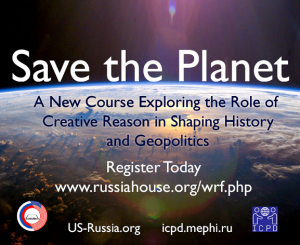
_jpg/250px-ElbeDay1945_(NARA_ww2-121).jpg)


